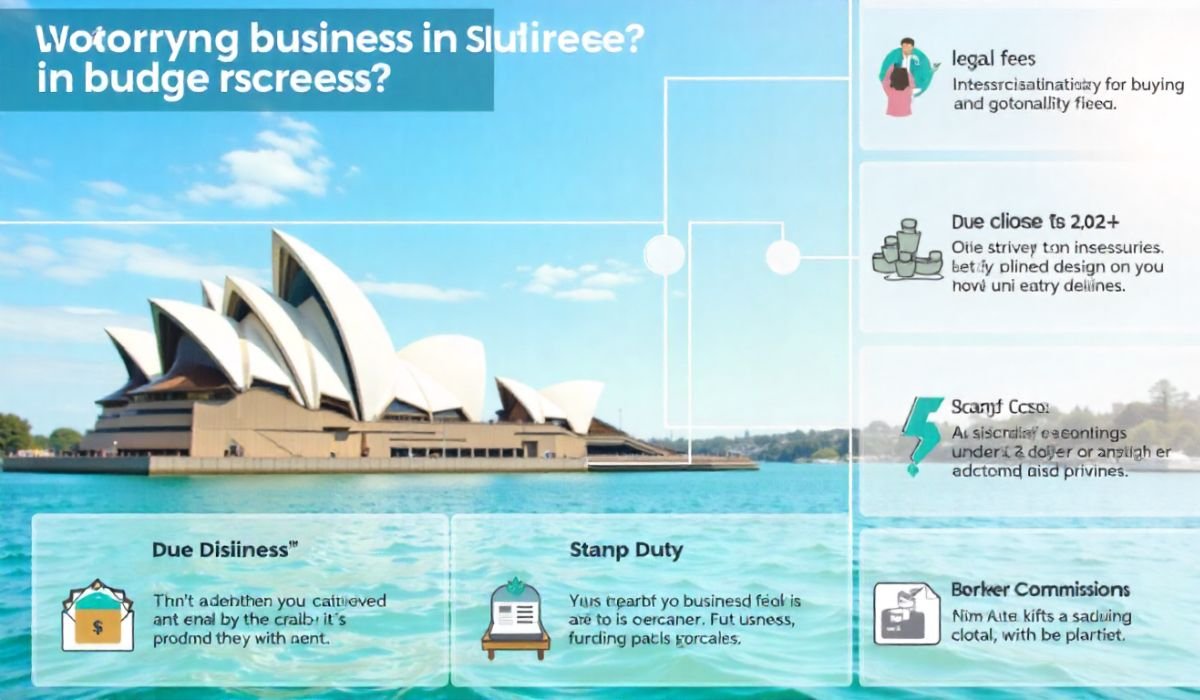Key Takeaways
- Utilize interactive content to captivate audiences and encourage meaningful two-way engagement.
- Leverage authentic user-generated content (UGC) to establish trust and humanize your brand voice.
- Harness actionable data-driven insights to refine strategies, targeting content to user preferences.
- Embrace a variety of multimedia formats to meet diverse audience needs and maximize impact across platforms.
Table of Contents
- Introduction
- Interactive Content
- User-Generated Content
- Data-Driven Insights
- Multimedia Formats
Introduction
In our current world, where everything is digital, businesses have a higher chance of competing for consumers’ attention online. Brands can no longer get by on generic posts or a one-size-fits-all formula. Instead, modern marketers have to employ innovative strategies that captivate, inspire, and add value. Creative content marketing is not just about producing more, but in fact it is about being smart and delivering content experiences that compel user engagement. Users need to be engaged, connected, and converted as a result. Creative content strategies can be embraced by businesses of any size so that they can increase their presence, deepen their relationship with customers, and significantly improve ROI. To maximize these opportunities and accelerate success, partnering with specialized content marketing services can empower brands to implement robust, tailored solutions that drive ongoing growth and deliver sustainable results.
To effectively cut through the overwhelming digital noise, marketers today cannot depend only on publishing or shallow messaging. Creating interactive and immersive experiences is equally important, where audiences feel acknowledged and engaged with the content. Nowadays, creativity is no longer just an advantage; it has become a critical factor that drives notable content journeys and positions brands as industry leaders. Let us explore some actionable ideas on how businesses can leverage creativity alongside the latest industry best practices to strengthen engagement, drive ROI, and dominate their sector.
Interactive Content
Interactive content changes audience members from passive observers to active participants, making it easier for businesses to bolster their content marketing efforts. Articles or posts are static content, whereas interactive content takes the form of quizzes, games, infographics, polls, surveys, and even calculators. Users aren’t just provided entertainment through these forms of content; they are required to think, focus, and dedicate their time towards the brand. Because of this type of two-way interaction, brands witness a tremendous boost in the engagement rate, time spent on the page, and improved recall of the content. Users are more likely to engage with interactive content and share it across their social networks. This promotes brand visibility and reach without any extra work. Tools like interactive guides and outcome-based quizzes enable brands to offer customised suggestions, making the journey memorable for each visitor. Businesses can learn more about user intent and seamlessly add interactive elements that resonate with their target audiences through countless digital tools, no-code platforms, and advanced analytics.
Benefits of Interactive Content
Immediate Interaction: Instant feedback, whether in the form of product recommendations, preferred solutions suggested, or aligned custom feedback, makes instant interaction with the users’ preferences for these interactive features.
Increased Interactions: Audience members who engage with your brand by completing polls or other interactive modules are much more likely to remember the brand, return to their social channels, and engage after.
Data Collection: All user interactions, including answering quizzes or making choices, are data points that can be analysed to tailor future messaging for better engagement with your users.
For example, many e-commerce brands leverage shoppable quizzes or style selectors during the buying process. These not only enhance the buying experience but also capture critical data on the customer’s preferences and shopping habits, ultimately improving conversion rates.
User-Generated Content
User-generated content (UGC) is a powerful marketing tool that builds trust and encourages engagement. No advertising can compete with the authenticity that comes from consumers telling their brand stories through reviews, photos, or testimonials. Instinctively, people trust peer endorsements, and studies show 93% of individuals utilize UGC during the purchasing process. This avalanche of voices allows brands to counterbalance their edited and curated social media portrayal. UGC promotes the creation of robust online communities. Moreover, UGC fosters networks of staunch advocates who organically expand a brand’s reach and influence by creating and sharing content long after their first interaction with the brand.
How to Encourage UGC
Incentivize Participation: Promote your users’ participation by hosting engaging contests or offering discounts and freebies to customers who submit content featuring your product or service.
Leverage Social Proof: Make sure to showcase customer reviews, success stories, or repost tagged content from actual users on your brand’s owned and social media platforms and throughout your media regularly.
Create Community: Create branded hashtags, discussion forums, or themed challenges that allow users to collaborate and narrate stories that foster a collective identity and a sense of community.
Incorporating UGC on your website, digital campaigns, and online profile enhances authenticity in your marketing and creates continuous feedback and interactions that bolster loyalty and brand advocacy at every level.
Data-Driven Insights
Effective content marketing focuses on the use of analytics and relevant insights obtained mostly from data. In this age where information is abundant and easily accessible, it is important to note that intuition alone will never be enough. Meticulously measuring performance metrics such as the click-through rates, average time spent on the page, bounce rates, and even the funnels in your conversions allows brands to deliver what is needed the most. Brands can now discover audience trends and preferences with advanced analytics and optimize content creation schedules and platforms. Decisions made based on sophisticated data will eliminate all guesswork and inaccuracies throughout the whole user journey and aid in improving agility, room for tests, and better brand manoeuvres within a data-centred business model. This approach, in turn, makes it easy to shift with the changes in a volatile market. For a deeper dive into this topic, check out 10 Essential Tips for Data-Driven Content Marketing methods that power high-performing strategies.
Best Practices for Data Utilization
Be Sure To Track Important Parameters: Unlike clickbait vanity metrics, gather more relevant data such as the engagement rates, leads, goals, and conversion points for site optimisation.
Audience Targeting: Create tailored content for each group by dividing your audience into demographic, psychographic, or behavioural characteristics.
Iterate and Improve: Test and refine your approach to content based on real-world insights and performance data. This includes refreshing your visual elements, headlines, calls to action, and methods of distribution.
Your content resonates better and ensures timely and relevant messaging when data is continuously analysed and shifts in user behaviour and market conditions are taken into account.
Multimedia Formats
Capturing and sustaining the attention of modern audiences is increasingly becoming more difficult. A text-only approach is weak and doesn’t resonate anymore. Live streams, videos, podcasts, infographics, and even fun animations can be used to create engaging text-based infographics and interactive animations. Video and audio content like podcasts often dominate the top charts, and for good reason. Busy consumers can easily tune in to your brand, and when prioritised, infographics can turn complex concepts into simple visuals. By embracing diverse content, brands bolster engagement and touch the lives of more people.
Why Diversify Content Formats?
Your brand expands its reach: audiobooks, podcasts, videos, and other forms of content can be targeted at users who dislike reading, further bolstering discoverability.
Platform Adaptability: Incorporating engaging videos and shareable infographics elevates your reach and impact across various platforms. It also boosts your presence on social networks.
Enhanced Storytelling: Brands create and communicate compelling narratives through complex storytelling using emotion and powerful experiences that evoke strong feelings and linger in the audience’s memory long after the encounter.
Don’t be hesitant to explore new formats like live webinars, customer interviews, behind-the-scenes podcasts, or interactive product demos. Every new format brings new opportunities to connect and helps you gain a deeper understanding of audience preferences. Explore examples and inspiration from innovative multimedia campaigns with resources from Data-Driven Content Strategy Meets Content Marketing [Essential Template].
Conclusion
It is almost impossible to achieve the desired success in today’s digital world without employing timely, creative methods or using data-informed graphics. By focusing on innovation—shifting into interactive experiences, building trust through real testimonials, letting data guide the strategy, and using dynamic graphics—brands can attract audiences and cultivate loyalty. Businesses aiming to achieve these goals and enhance results should partner with content marketing service experts to develop meaningful customer relationships and accelerate sustainable growth.
YOU MAY ALSO LIKE: Unlocking Growth: How an Ecommerce Performance Marketing Company Can Supercharge Your Online Business











